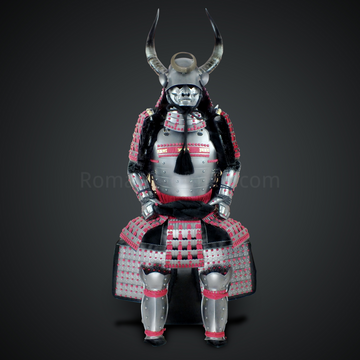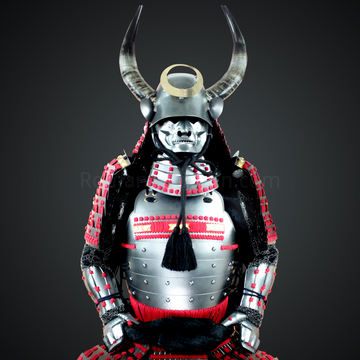Nashiji Hada in Japanese Katana terminology
What is Nashiji Hada in Japanese Katana terminology?
Nashiji Hada or 梨子地肌 in Japanese, refers to a type of pattern on the surface of the ground iron (jigane) of a Japanese sword. The term ""Nashiji Hada"" literally translates to ""pear skin"", which describes the appearance of the pattern that resembles the texture of a pear's skin.
This pattern is characterized by a finely packed forging skin (Kitae Hada) with small, evenly distributed Nie (hard, white particles that form in the steel during the hardening process) on the surface. This results in a moist appearance, similar to the texture of a pear's skin.
Nashiji Hada is often seen in the works of swordsmiths who are considered to be the top class in the Soshu tradition. The Soshu tradition is one of the major traditions of Japanese swordsmithing, known for its high-quality swords. Because of this, Nashiji Hada is also referred to as ""Shinto Gokunimitsu"" (新藤五国光), which is a typical feature of the works of the swordsmith Shinto Gokunimitsu.
Nashiji Hada can be further classified into three types: ""Nie Nashiji Hada"" (沸梨子地肌), ""Shiro Nashiji Hada"" (白梨子地肌), and ""Doro Nashiji Hada"" (泥梨子地肌).
- Nie Nashiji Hada: This pattern resembles the ground Nie (地沸), and it is often seen in the works of the Soshu tradition, Bitchu Mizuta tradition, and the new swords of the Satsuma tradition.
- Shiro Nashiji Hada: This pattern resembles the frost on the grass, appearing as a white pattern on a well-forged ground. It is said to appear only in the works of the highest quality.
- Doro Nashiji Hada: This pattern features small black grains on a whitened ground, and it is often seen in the swords made using the Kobuse construction method (甲伏造り).
The Kobuse construction method involves forming a U-shaped outer iron (Omote Gane), which is well-forged, and wrapping it around a softer core iron (Shin Gane) to form the shape of the sword. It is said that there are nine ways to forge the outer iron in the Kobuse construction method, and it is often seen in the old swords of the Awataguchi tradition, Yamato tradition, Bizen tradition, and Chikuzen tradition.







